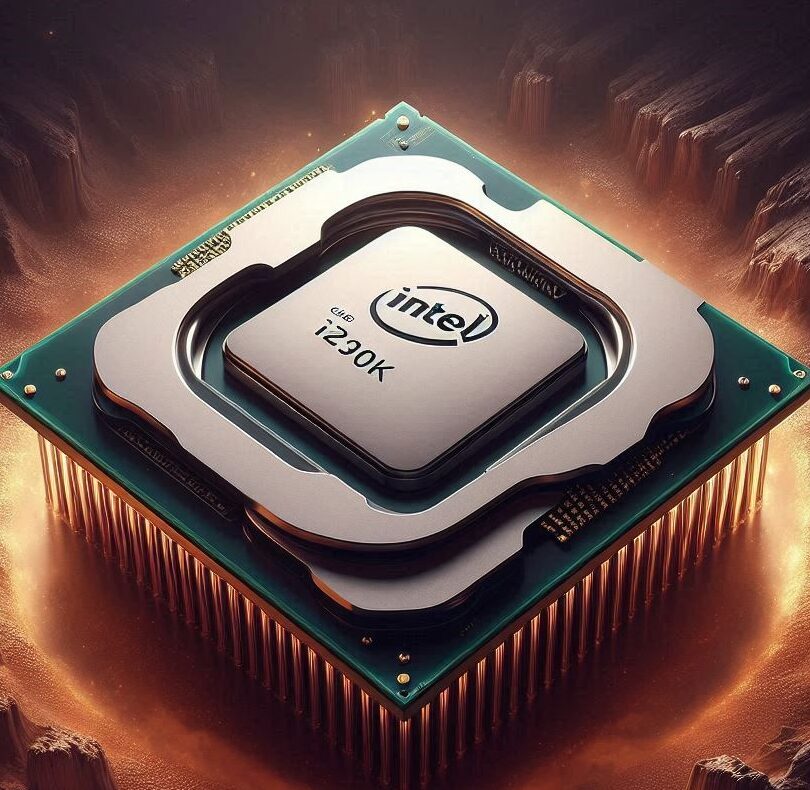Processor
The CPU, or Central Processing Unit, is the main component of a server that stores data, processes information, hosts web pages, and interprets commands. It’s essentially the brain of the system, responsible for completing tasks and keeping your server up and running.
Daily Tasking
Every day, we engage in activities like playing video games, running applications, or using video editing software. All these tasks are handled by the computer’s processor.
In fact, more than 3.45 billion people browse Google daily using their computers, and all that browsing is powered by their computer processors.
What Does a Processor Do?
A processor, often called the “brain” of a computer, plays a critical role in executing instructions to make your device work. Every action you take—whether it’s opening an app, browsing the web, or playing a game—relies on the processor to interpret and carry out commands.
Think of the processor as a skilled chef in a kitchen. Just as a chef follows recipes step by step to prepare dishes, the processor follows instructions, called machine code, to perform tasks. These instructions come from software applications and are processed at lightning speed—often billions of times per second.
Key Tasks the Processor Handles
- Arithmetic and Logical Operations: Performs calculations like addition, subtraction, and comparisons. For example, calculating numbers in a spreadsheet is handled by the processor.
- Data Movement: Transfers data between different parts of the computer, such as moving an image file from storage to the display.
- Task Scheduling: Allocates time and resources to ensure smooth multitasking.
In short, the processor ensures your computer runs smoothly, translating your instructions into meaningful actions.

Intel vs. Ryzen
Currently, Intel and Ryzen dominate the processor market:
- Intel is known for its single-core performance, which is ideal for gamers.
- Ryzen excels in multi-core performance, making it a great choice for productivity tasks.
Key Features to Know
What is Clock Speed?
Clock speed, measured in gigahertz (GHz), indicates how many cycles a processor completes per second. For example, a 3.5 GHz CPU executes 3.5 billion cycles per second, affecting how quickly tasks like loading apps or performing calculations are completed.
However, clock speed alone doesn’t determine performance. Modern processors with advanced architectures perform more tasks per cycle than older CPUs, even at lower speeds. Features like multiple cores, threads, and cache memory significantly enhance efficiency.
What Are Cores and Threads?
- Cores: Physical processing units within a CPU that handle tasks. Multiple cores (dual-core, quad-core, etc.) enable multitasking and improve performance for demanding applications like video editing and gaming.
- Threads: Virtual processing units that allow each core to handle multiple tasks efficiently. Technologies like Hyper-Threading or Simultaneous Multithreading (SMT) effectively double the number of tasks a CPU can handle.
What is Cache Memory?
Cache memory is a small, high-speed storage area located on or near the processor. It stores frequently accessed data and instructions, allowing for faster retrieval than from the main memory (RAM).
Levels of Cache:
- L1 Cache: Closest to the CPU, very small (kilobytes), but extremely fast.
- L2 Cache: Larger (megabytes) and slightly slower but faster than RAM.
- L3 Cache: Shared among cores, larger but slower than L1 and L2.
A well-optimized cache improves performance for tasks like gaming, video editing, and multitasking

Top 5 Myths About Computer Processors Debunked
Myth 1: Higher Clock Speed Equals Better Performance
Reality: Clock speed is important, but it’s not the only factor. A 3.5 GHz processor from 2010 may be outperformed by a modern 2.8 GHz processor with more efficient architecture and features.
Myth 2: More Cores Always Mean Better Performance
Reality: More cores improve performance for multi-threaded tasks like video editing. However, for web browsing or gaming, most software uses only a few cores.
Myth 3: Overclocking Always Boosts Performance
Reality: Overclocking can provide a performance boost, but it generates more heat and might reduce the processor’s lifespan if not managed carefully.
Myth 4: Gaming Requires the Most Powerful CPU
Reality: While a good CPU is essential, the GPU (Graphics Processing Unit) plays a larger role in gaming performance. Pairing a mid-range CPU with a strong GPU is often more effective.
Myth 5: All Processors Are Compatible with Any Motherboard
Reality: Processors require specific sockets and compatible motherboards. Always check compatibility before purchasing.
Conclusion
Understanding the fundamentals of computer processors can help you make better decisions when buying or upgrading your system. Focus on your needs rather than myths, and always evaluate features like cores, threads, clock speed, and cache memory.
Have questions or heard other myths? Share them in the comments—we’d love to help!

